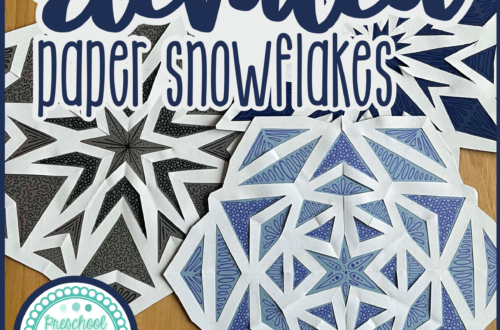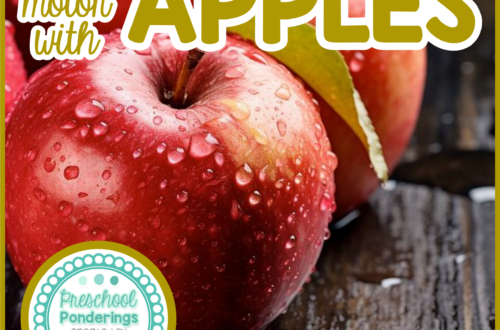artistic expression
-
Storing and Organizing Loose Parts
Organizing all of those loose parts is important because they are usually smaller objects. If you don’t keep on top of that organization you can easily have a great big mess of loose parts. Here are some of the strategies that I’ve used to keep my loose parts organized; Bins with drawers – these are perfect because you can choose the size of drawer that works best for the items you need to store Tubs with lids – when I buy tubs with lids I’m very intentional to purchase the ones that my materials will fit in best. Storage space is a hot commodity and I hate to waste it…
-
Where to find loose parts
As preschool teachers, it’s in our nature to hold onto things. We just can’t help it, we might be able to use that for something! I know how deep this runs, I’ve been out of the classroom for almost two years now and I still have a collection of empty containers in one of the cabinets in my office – they might come in handy one day! Collecting loose parts plays to this piece of our “hold onto that” mentality. The most difficult thing about loose parts is that you often need a fair amount of whatever item you want to use. You need enough that the children can actually…
-
Loose Parts Inspiration
I am a huge fan of loose parts for a couple of reasons; They encourage creativity – if you give five children a basket of pebbles, a bucket of twigs, and a collection of old keys they will all find different ways to use the items. They are easy to gather – loose parts are usually natural or recycled. They won’t cost you a lot of money and often the children can be involved in collecting them, which motivates them to explore these items after they’ve been gathered. They fit into so many different centers – use your loose parts as counters in your math center, materials for exploring weight/volume/mass…
-
Crayon Art for Preschool
I think that crayons are one of those art supplies that we take for granted. They are always available, so we don’t necessarily use them to their fullest. There are SO MANY different things that you can do with crayons, so here are some great drawing activities for little ones to explore: Crayon resist with watercolors Draw on sandpaper Use hot glue to make rubbing plates Use multiple crayons at one time Give them plenty of space to draw Try a batik-type resist Make your own scratch art Tomorrow I’m sharing activities to try with melted crayons, so be sure to check back for more ideas!
-
Preschool Self-Portrait Project
One of my absolute favorite back to school activities to do with my kiddos is to have them create self portraits. I think that encouraging them to take some time to look at themselves, and pay attention to what makes each of them unique, is a great way to help them recognize why they are each an important part of our community. Children learn a number of things from creating their own portraits – They get to practice taking time to focus on an activity, and pay attention to detail. They also begin to compare themselves with other students, and learn to recognize their own unique characteristics, as well as…







